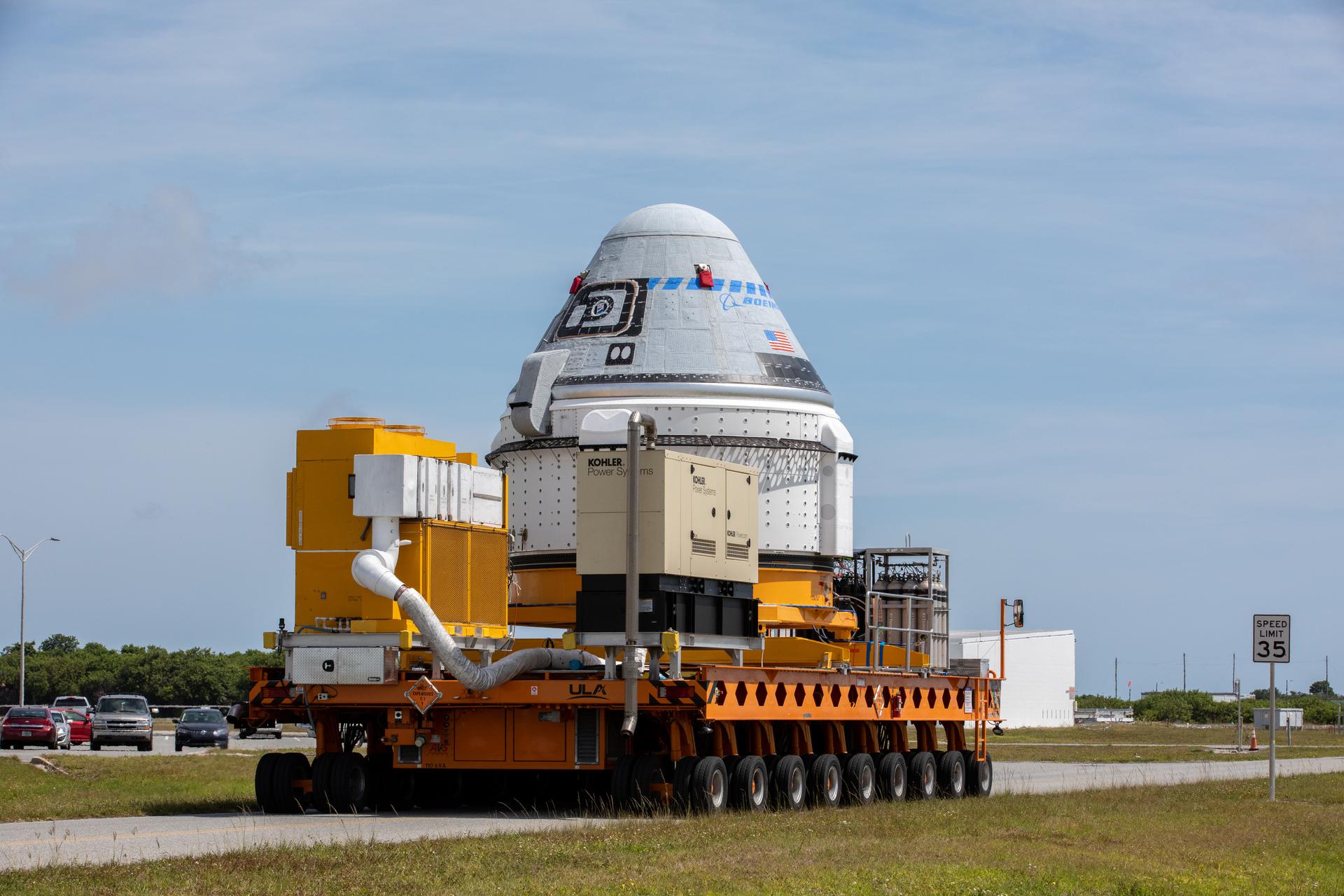UPDATED: Starliner launched at 6:54 p.m. from Florida. An uncrewed Starliner failed to reach the space station in 2019, and valve corrosion due to humidity scrubbed a 2021 attempt
This story has been updated to reflect the launch. To stay up to date, check the NASA livestream.
Boeing plans to launch an uncrewed CST-100 Starliner capsule from Florida for a planned demonstration docking with the International Space Station, after scrubbing one launch and having to bring the capsule home early in another flight.
A United Launch Alliance Atlas V is scheduled to launch the capsule for the demonstration, known as Orbital Flight Test-2 or OFT-2, at 6:54 p.m. Eastern U.S. time from Complex 41 at Cape Canaveral Space Force Station.
ULA will livestream the launch on YouTube.
The test is part of NASA’s certification for the Commercial Crew Program, which also includes SpaceX and its Dragon capsule. If successful, NASA may certify the Starliner to carry astronauts to the space station.
At stake is the competitive nature of NASA’s program, because another Boeing failure could leave only SpaceX providing astronaut launches. NASA intended to have dual domestic providers for the astronaut missions to promote competitive pricing and to ensure that a problem with one company wouldn’t create a gap in U.S. launches.
Boeing on its website says the flight test will “validate all of the critical systems and capabilities ahead of Boeing’s first flight carrying astronauts.”
The test will include “orbital maneuvering, International Space Station rendezvous, docking, undocking and landing” under parachutes at one of several possible land sites in the western United States.
A previous uncrewed Starliner test flight in 2019 failed to reach the space station. Boeing software in the capsule did not pick up the mission timeline from the Atlas V rocket that launched it, causing Starliner to fire its thrusters needlessly, wasting fuel.
Failure of the 2019 test flight prevented NASA from certifying the capsule for astronaut launches at the time.
Then, in August 2021, the next Starliner launch attempt was scrubbed when humid Florida air caused valves to stick inside the capsule.
“Obviously we’ve done quite a bit of testing and troubleshooting on this system since the [2021] failure and that’s been done in conjunction with our suppliers and with NASA,” Mark Nappi, vice president and program manager of Boeing’s commercial crew program, said during a prelaunch press conference on Tuesday.
Starliner is four years behind schedule at a development cost of around $5 billion, according to Boeing and NASA.



